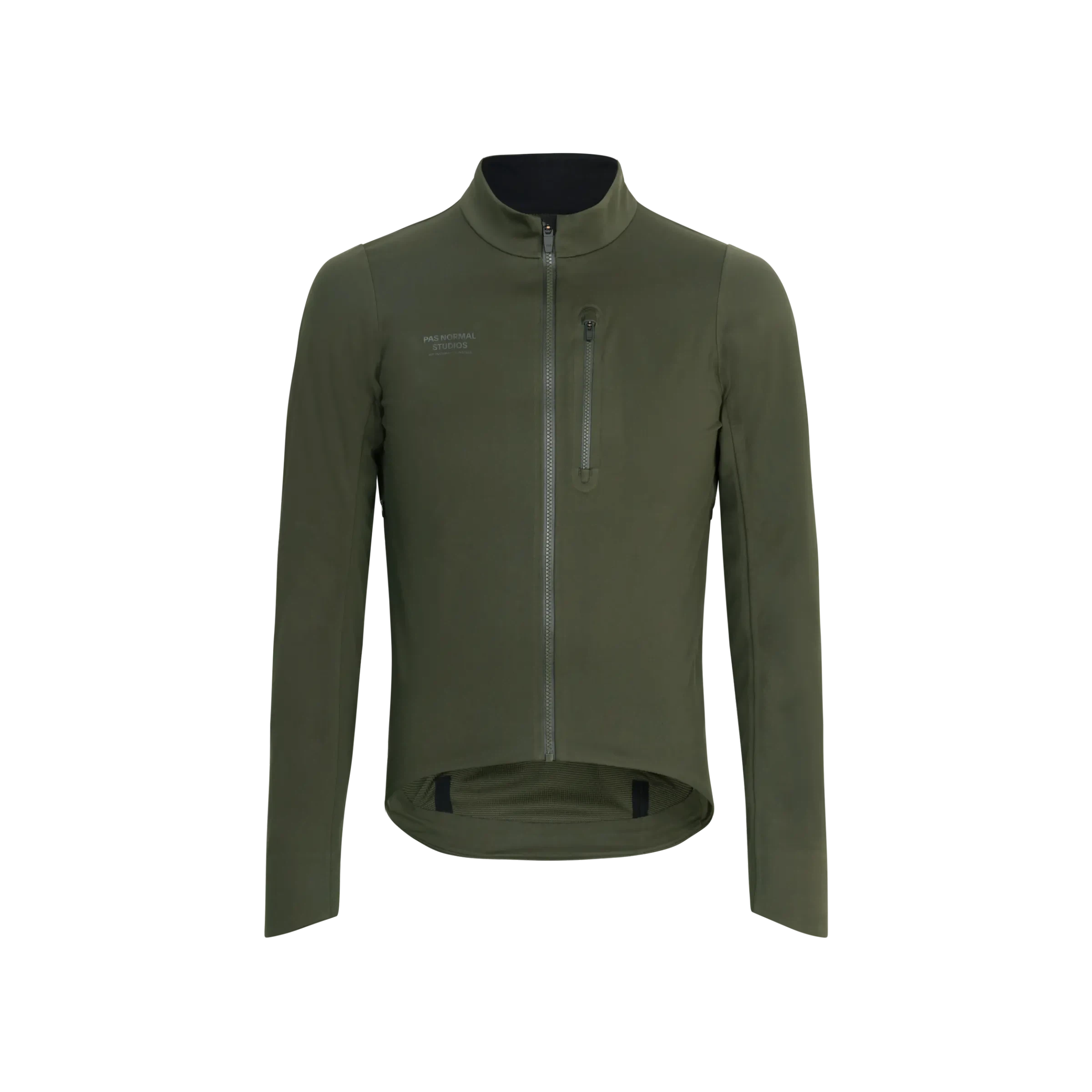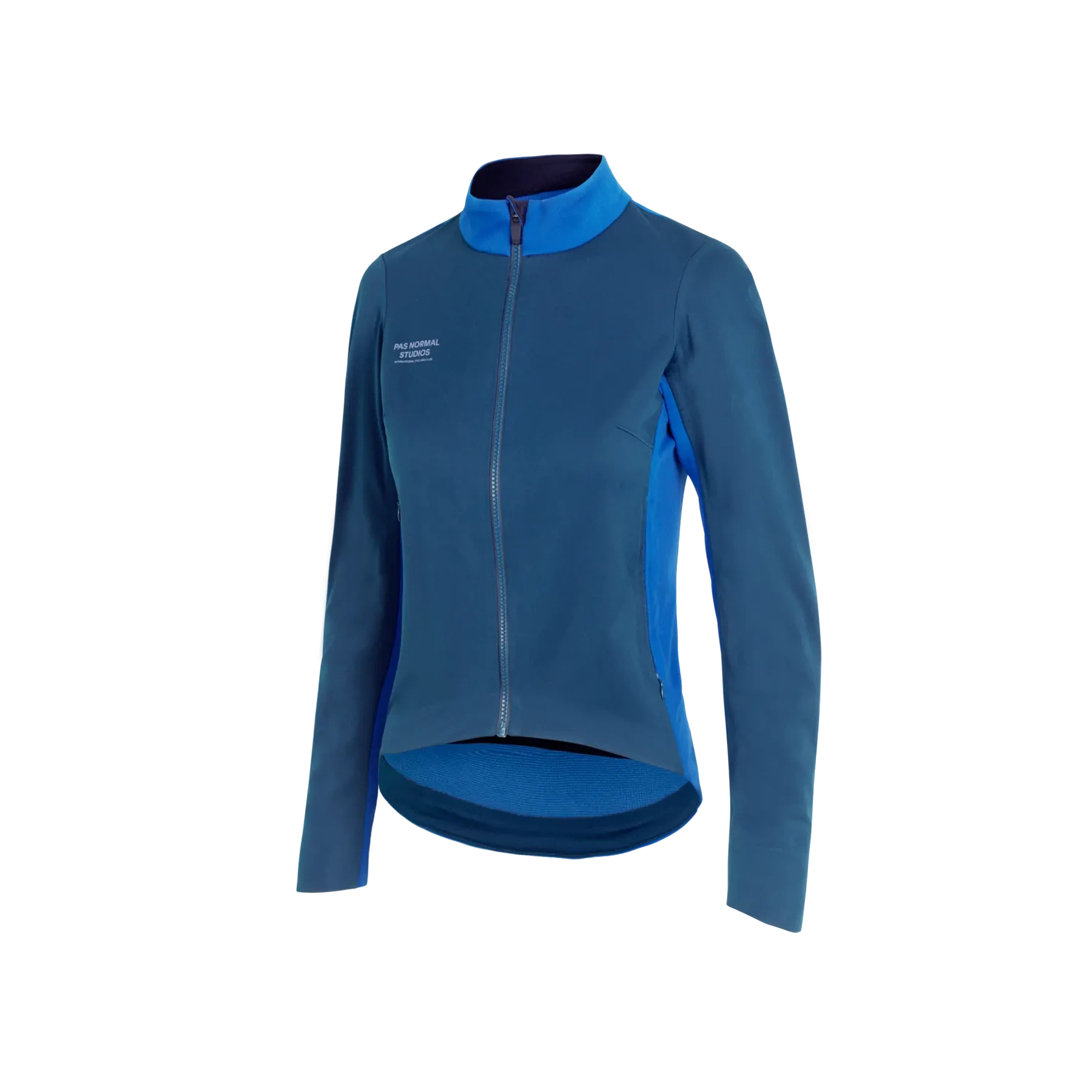When you think of sailing, your mind likely drifts toward open waters, yacht clubs, billowing sails, and boat shoes. However Olympic sailing is anything but that. It is a physically and mentally demanding endurance sport. Particularly in an ILCA dinghy (formerly laser) - the single handed boat that I sail, where most of the time is spent “hiking.” I stretch out from the boat attached to a “hiking strap” with my feet and press into the deck to propel the boat forward by counteracting the pressure in the sail. I must constantly adjust the sail and rudder to maintain good speed. I must do all of this instinctively so I can keep my eyes on the water and course and think strategically to get around the race course ahead of my competitors (see the video below of upwind sailing). In a typical sailing race in windy conditions my HR will average around 170 bpm for the duration, with a peak of 190 bpm over the hour-long race. A sailing competition (called a regatta) will comprise typically of 2 races a day for 6 days. This combined with sometimes long waits for enough or steady winds means that strong endurance and mental focus over long periods of time is critical.
Cycling trains many of the most important aspects for sailing and has been wholeheartedly adopted by those on the Olympic Sailing circuit. For ILCA sailing, hiking is similar to climbing on a bike at a low cadence with the tension in the legs. I have found that the benefit of using cycling as a cross training method comes in three parts. Firstly, it is an exceptional recovery method to get the blood moving and the muscles repairing after a hard day on the water, and also can help me clear my mind after a stressful day of racing. Secondly, it is also a critical piece of training when I am not on the water sailing. It allows me to keep the training load steady week to week through periods of less time on the water. This keeps me prepared for the rigors of training camps and competitions. Finally, sailing is also a variable sport and training on the water can have significantly different training stimuluses from day to day. Cycling is a great way to add intensity when light winds stick around for extended periods, keeping the appropriate HR zone distribution.
I got my first road bike in 2018 from a friend and competitor who is a couple of years older and was upgrading his bike. It was an aluminum bike with a carbon fork. My first few times riding with the other sailors exposed how weak my cardio was (coincidentally my sailing in strong winds was also weak). I got hooked pretty quickly going on rides further and more often. I quickly progressed to riding my first century (metric, then imperial). Through covid I managed to ride just shy of 10000 kms while still spending a significant amount of time on the water. One of my favorite things to do is to ride up the biggest local climb at all sailing venues. I have climbed up to the observatory in Split, Puig Major and Sa Collabra in Palma, up to San Sebastian in Puerto Vallarta, up Corkscrew Road in Adelaide and recently from the ocean to the top of Teide on Tenerife. My fitness on the bike has progressed hand-in-hand along with my sailing level. Some career highlights in sailing for me are my 20th place finish at the u21 world championships in 2019, my Canadian Championship wins in 2019 and 2022 and my 3rd place finish from this year’s North American Championships. These results have come from hard work not only on the water but on the bike.
I have been fortunate enough to ride an Aquila Evo R with the support of Aquila Cycles and Racer Sportif service for my training for the past year. As an Olympic hopeful, who is not only interested in excelling in my sport but having the opportunity to represent my country, it means a lot to me to be riding a high quality Canadian brand of bike. Aquila’s customizable options have allowed me to find the perfect bike to meet my needs. Specifically, I have really appreciated the larger tire clearance and moving to a lighter bike allowing me to put in more miles comfortably both at home and abroad on less than ideal roads. Additionally, Racer Sportif has offered exceptional service which means I have little downtime and am able to keep my training consistent allowing me to stay fit and avoid injury.
As an amateur athlete, I rely on the generosity of donors and sponsors to help make my program possible. I am grateful for the support of Aquila Cycles and Racer Sportif. They are an integral partner in my program as I push towards representing Canada at the next summer Olympics in LA 2028.

Follow me on Strava here: www.strava.com/athletes/33348736
Follow my campaign here: www.liambruce.com
Contribute to my campaign (tax receipt): www.windathletes.ca/athletes/liam-bruce#wac-donation












Leave a comment